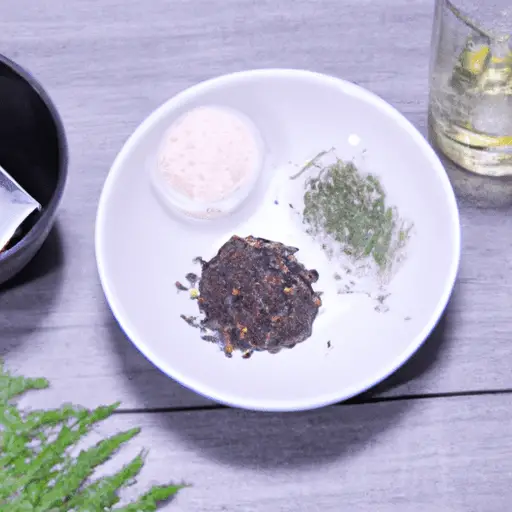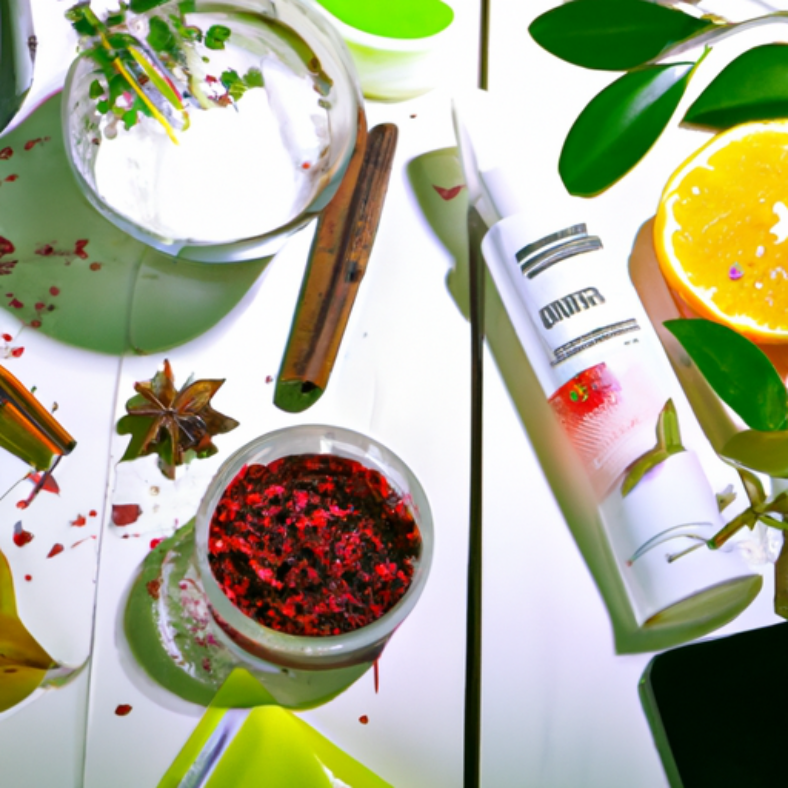-
Table of Contents
- Different Types of Anti-Aging Ingredients and Their Benefits
- Key Takeaways
- Introduction: The Power of Anti-Aging Ingredients
- The Magic of Retinoids
- Antioxidants: The Shield Against Free Radicals
- Peptides: The Building Blocks of Youthful Skin
- Hyaluronic Acid: The Moisture Magnet
- FAQ Section
- 1. Can I use all these ingredients together?
- 2. Are these ingredients suitable for all skin types?
- 3. When should I start using anti-aging products?
- 4. Can these ingredients reverse existing signs of aging?
- 5. Are there any side effects to using these ingredients?
- Conclusion: The Power of Knowledge in Skincare
- Further Analysis
- Key Takeaways Revisited
Different Types of Anti-Aging Ingredients and Their Benefits

[youtubomatic_search]
Key Takeaways
- Anti-aging ingredients are essential in skincare routines to maintain youthful skin.
- There are various types of anti-aging ingredients, each with unique benefits.
- Retinoids, antioxidants, peptides, and hyaluronic acid are among the most effective anti-aging ingredients.
- Scientific research supports the efficacy of these ingredients in combating signs of aging.
- Understanding the benefits of each ingredient can help individuals tailor their skincare routine to their specific needs.
Introduction: The Power of Anti-Aging Ingredients
As we age, our skin naturally loses its elasticity and begins to show signs of wear and tear. However, with the right skincare routine and the use of potent anti-aging ingredients, it’s possible to slow down this process and maintain a youthful appearance. This article explores the different types of anti-aging ingredients and their benefits, backed by scientific research.
The Magic of Retinoids
Retinoids, derivatives of vitamin A, are among the most researched and proven anti-aging ingredients. They work by accelerating cell turnover, promoting collagen production, and reducing the appearance of wrinkles and fine lines. A study published in the Journal of Dermatological Science found that topical application of retinoids significantly improved the appearance of aged skin.
Antioxidants: The Shield Against Free Radicals
Antioxidants, such as vitamins C and E, are essential for protecting the skin against damage from free radicals, unstable molecules that can accelerate aging. They also help to brighten the skin and improve its texture. A study in the Journal of the American Academy of Dermatology showed that topical application of antioxidants could significantly reduce signs of aging.
Peptides: The Building Blocks of Youthful Skin
Peptides are small proteins that stimulate collagen production, a key factor in maintaining skin elasticity and reducing wrinkles. A study in the International Journal of Cosmetic Science found that peptides could significantly improve skin elasticity and reduce the depth of wrinkles.
Hyaluronic Acid: The Moisture Magnet
Hyaluronic acid is a powerful hydrator that can hold up to 1,000 times its weight in water. It helps to plump up the skin, reducing the appearance of fine lines and wrinkles. A study in the Journal of Clinical and Aesthetic Dermatology found that hyaluronic acid significantly improved skin hydration and elasticity.
FAQ Section
1. Can I use all these ingredients together?
Yes, these ingredients can be used together as part of a comprehensive skincare routine. However, it’s important to introduce new products gradually to avoid skin irritation.
2. Are these ingredients suitable for all skin types?
Generally, these ingredients are suitable for all skin types. However, individuals with sensitive skin should use products with lower concentrations to avoid irritation.
3. When should I start using anti-aging products?
It’s never too early to start using anti-aging products. Starting in your 20s can help to prevent signs of aging before they start.
4. Can these ingredients reverse existing signs of aging?
While these ingredients can’t completely reverse existing signs of aging, they can significantly reduce their appearance and prevent further damage.
5. Are there any side effects to using these ingredients?
Some individuals may experience mild irritation or sensitivity when first using these ingredients. It’s important to patch test new products and consult a dermatologist if any adverse reactions occur.
Conclusion: The Power of Knowledge in Skincare
Understanding the different types of anti-aging ingredients and their benefits is key to maintaining youthful skin. With the right combination of retinoids, antioxidants, peptides, and hyaluronic acid, it’s possible to combat signs of aging and maintain a youthful appearance. Remember, it’s never too early to start a skincare routine, and with the right knowledge, you can tailor your routine to your specific needs.
[youtubomatic_search]
Further Analysis
As we’ve seen, the world of anti-aging ingredients is vast and varied. Each ingredient offers unique benefits, and understanding these can help you make informed decisions about your skincare routine. Remember, the best skincare routine is one that works for you, so don’t be afraid to experiment and find what works best for your skin.
Key Takeaways Revisited
- Anti-aging ingredients are essential in skincare routines to maintain youthful skin.
- There are various types of anti-aging ingredients, each with unique benefits.
- Retinoids, antioxidants, peptides, and hyaluronic acid are among the most effective anti-aging ingredients.
- Scientific research supports the efficacy of these ingredients in combating signs of aging.
- Understanding the benefits of each ingredient can help individuals tailor their skincare routine to their specific needs.

Leave a Reply